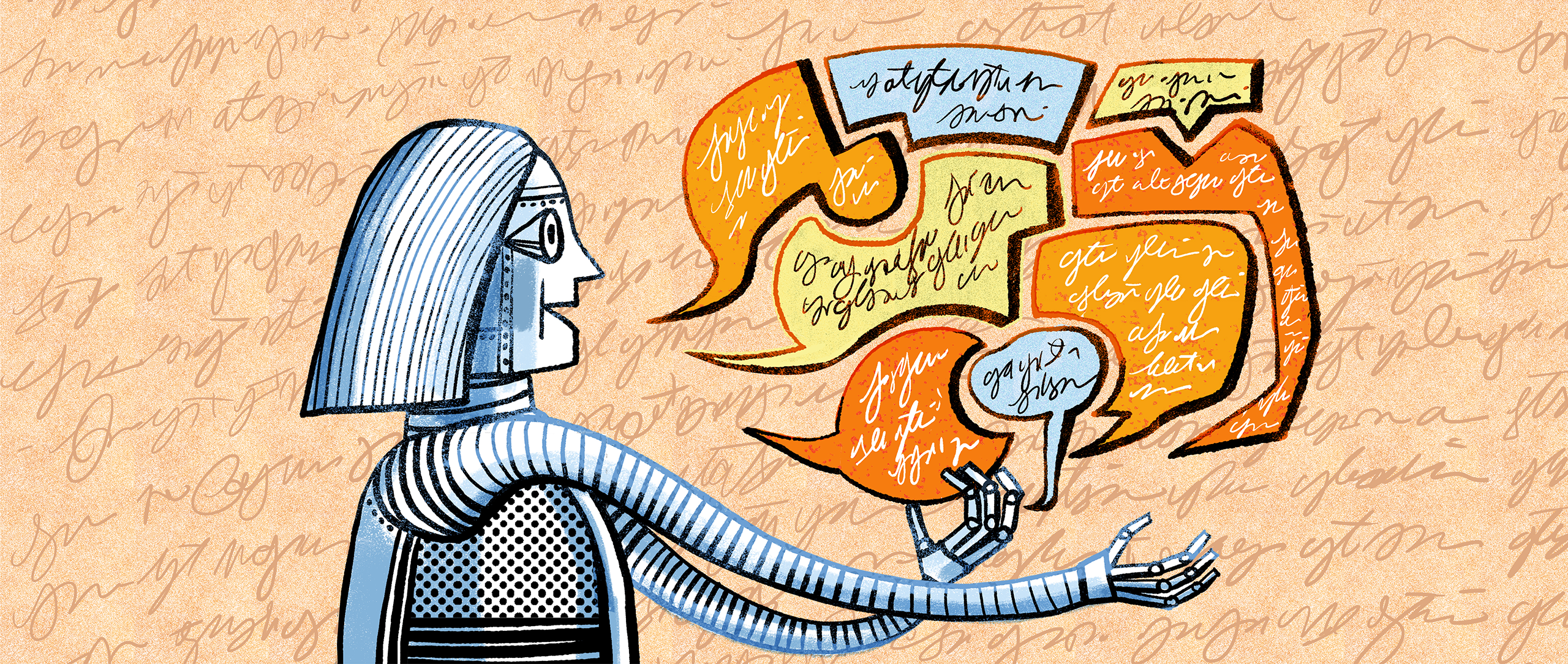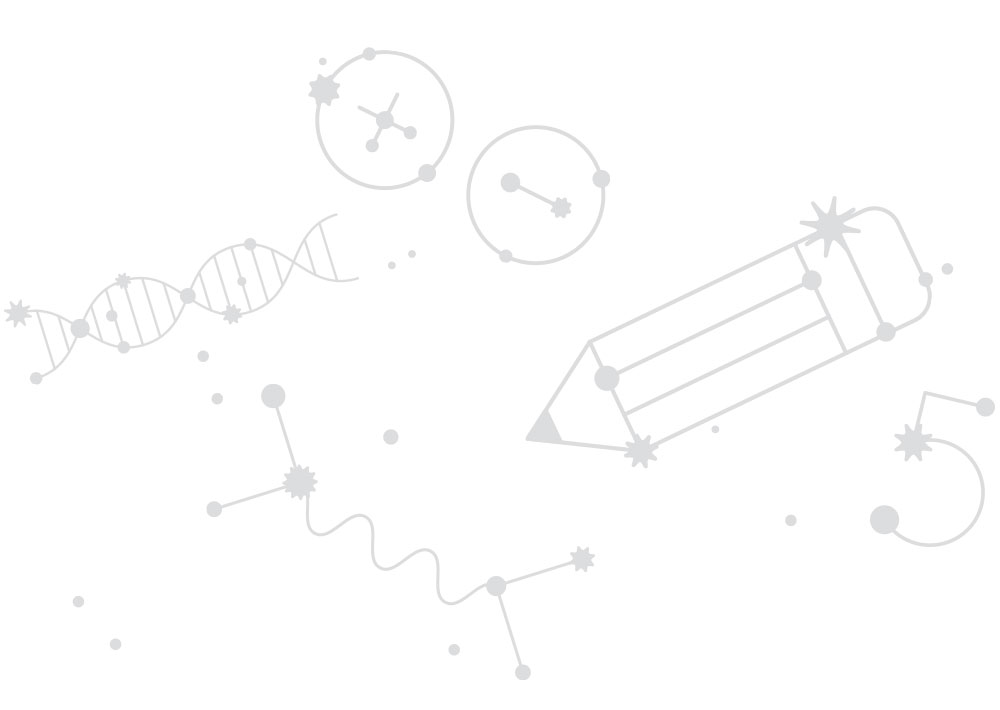
Richard Prum explains why he thinks feathers and vibrant traits in birds evolved not solely for survival, but also through aesthetic choice.

Robert Neubecker for Quanta Magazine
If language is what makes us human, what does it mean now that large language models have gained “metalinguistic” abilities?
The theoretical physicist and best-selling author finds inspiration in politics and philosophy for rethinking space and time.
Despite their wide variety of sizes, niches and shapes, sharks scale geometrically, pointing to possible fundamental constraints on evolution.
After more than three centuries, a geometry problem that originated with a royal bet has been solved.
Recent findings reveal that even simple pricing algorithms can make things more expensive.
Neuroscientists probing the boundary between sleep and awareness are finding many types of liminal states, which help explain the sleep disorders that can result when sleep transitions go wrong.
The math of even the simplest ocean waves is notoriously uncooperative. A team of Italian mathematicians has made major advances toward understanding it.
The leading approach to the simplex method, a widely used technique for balancing complex logistical constraints, can’t get any better.
Emily Buder/Quanta Magazine;
Jan Jackle for Quanta Magazine

Richard Prum explains why he thinks feathers and vibrant traits in birds evolved not solely for survival, but also through aesthetic choice.
Earth’s radiation can send some molecules spinning or vibrating, which is what makes them greenhouse gases. This infographic explains how relatively few heat-trapping molecules can have a planetary effect.
Illuminating basic science and math research through public service journalism.
More about usQuanta Magazine is committed to in-depth, accurate journalism that serves the public interest. Each article braids the complexities of science with the malleable art of storytelling and is meticulously reported, edited and fact-checked. Launched and funded by the Simons Foundation, Quanta is editorially independent — our articles do not reflect or represent the views of the foundation.
